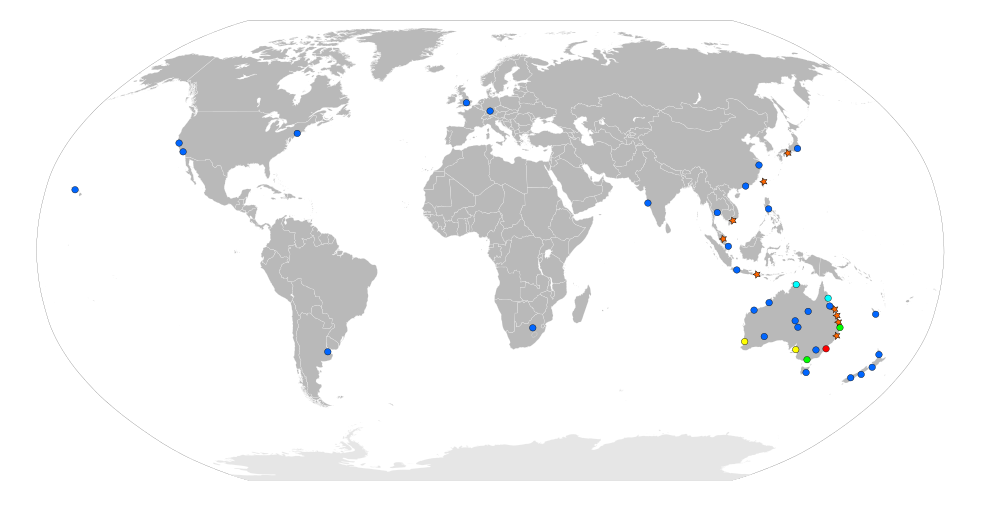Visited the "
Home Buyer & Property Investor Show" in Sydney last week and found it quite worthwhile. The show claims to be the largest of its kind, with
professions across the trade there and many good seminars with some great speakers.
I learned a lot from the seminars and the brochures, magazines, and book given out at the show. It's a great way to quickly ramp up on knowledge about (Australia) real estates when you know very little. Here are I note some of my learning and thoughts.
The first is the multitude of professions in the industry and the values they can bring.
Buyer's agent, for example, is quite new to me, but it does seem reasonable that they can potentially save clients' time and money and also reduce risks in buying properties. Their service do seem attractive to busy professionals like me, although I am somewhat concerned on the flat fee it charges. The flat fee is certainly better than charging on percentage of final purchase price (which will reduce the incentive for buyer's agent to negotiate prices), but it also leaves no monetary incentives for a higher quality service. I feel they should consider defining a set of
key metrics that can reflect the quality of the property acquisition process and discuss with their clients in their first meetings the expectations and also the "bonuses" for exceeding expectations in the key metrics.
I am surprised by the
professional renovators trade. The chapter, "Renovating for profit," by Stephen Tolle and Cherie Barber in
Think and Grow Rich Property is quite a good read. It's clear that professional renovators
has the potential to bring value, as all of identifying properties suitable for renovation, planning the structural and/or cosmetic renovation, getting development approval, purchasing materials, managing and executing the renovation, etc. are complex tasks that need a lot of knowledge and expertise to yield low cost and quality results. It can be a win-win if the renovator is capable and content, but a greedy renovator can use cheaper stuffs that look shiny on the surface to lure less knowledgeable buyers for a huge profit. To avoid this, buyers should learn to look through
the real value of a property and should choose renowned renovators that have years of good reputation.
Looking through the property data of all Australia suburbs is also very worthwhile. It provides a high level overview of the current status of the Australia property market with median prices, recent growths, weekly rentals, and numbers sold for units and houses in each one of the suburbs.
From the numbers it looks like some Sydney suburbs are the most expensive in the whole country, with median house prices of over $2M in good areas close to beaches such as Bellevue Hill.
The
http://www.living-in-sydney.com/ site hosts a map that shows all the suburbs in Sydney (small version on the right). It's only by looking at such maps and the property data do you appreciate the size of the real estate market.
Finally, I would like to express my concern that the many professionals in or entering the property market is making housing more of a means to get rich as opposed to shelter for all (see also
an article on ANZ head's views on negative gearing). I would really like people of knowledge and power to work towards helping everyone getting a good, affordable home.










































